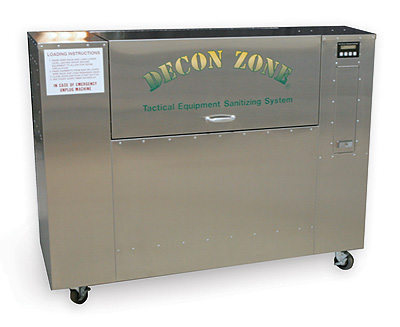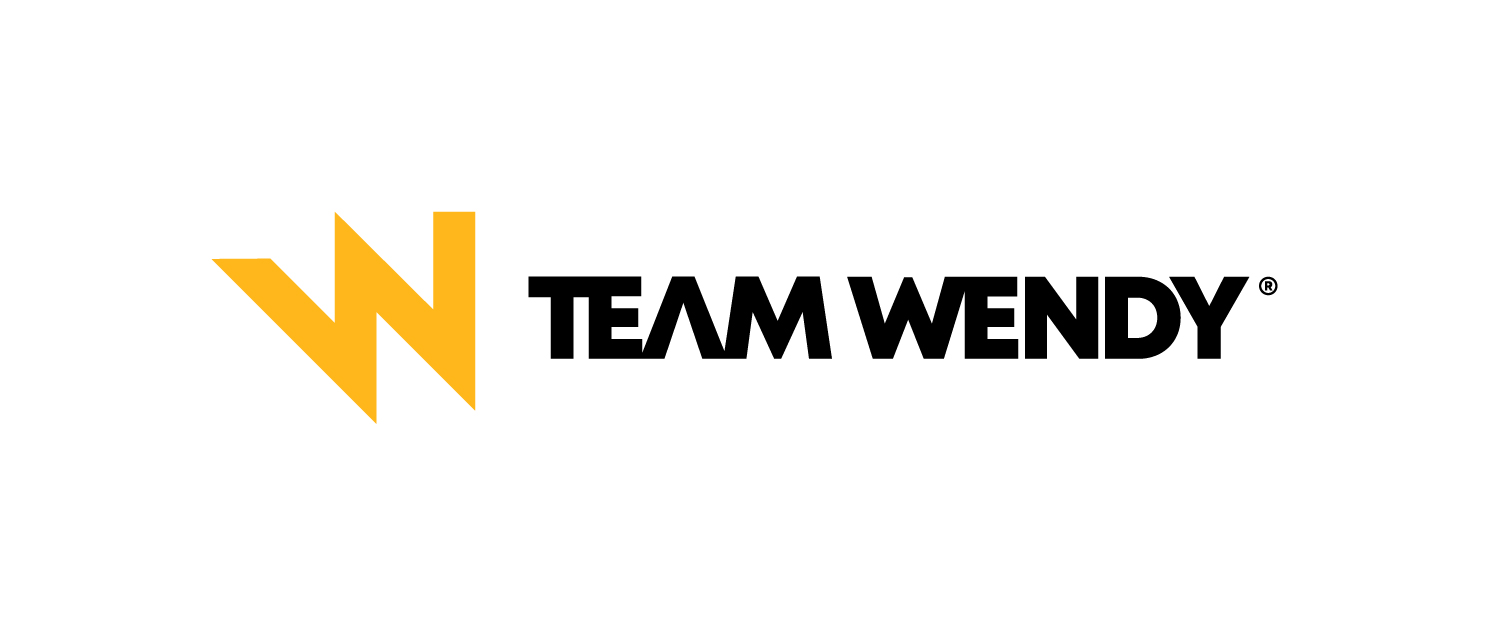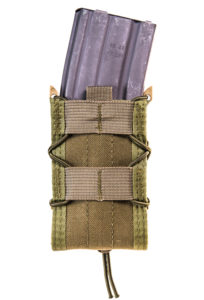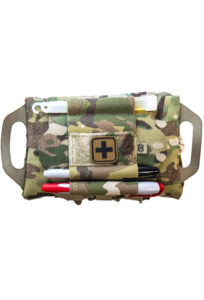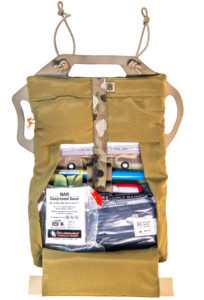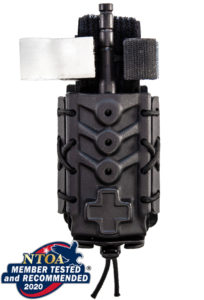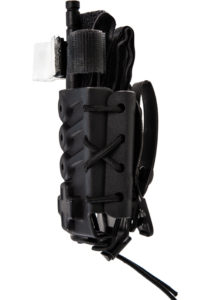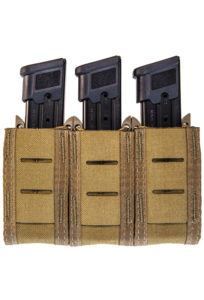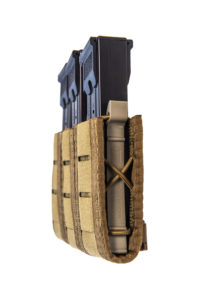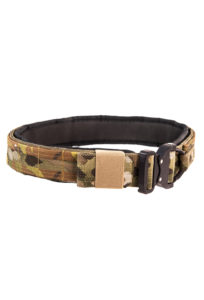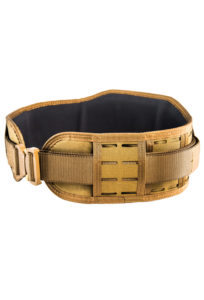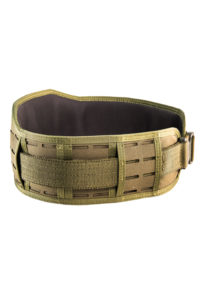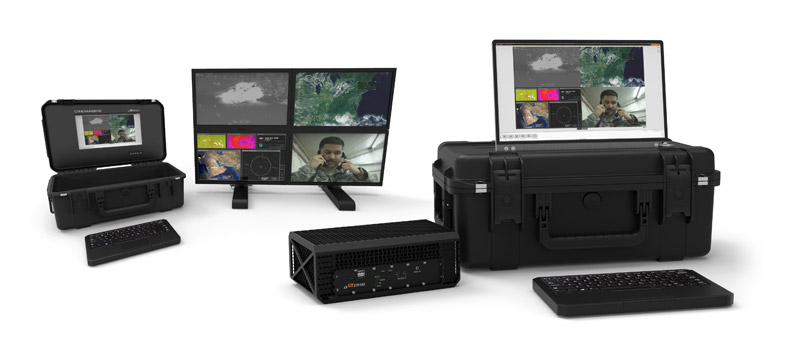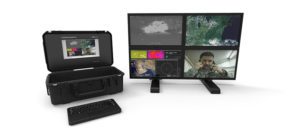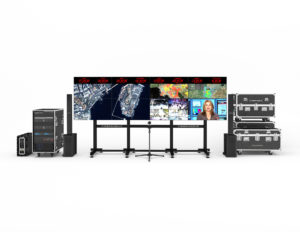In the early 2000s, Israel faced terror attacks daily; suicide terrorists murdered hundreds of Israeli civilians by exploding buses and bombing restaurants, hotels, and nightclubs.
The Israeli Defense Forces faced the challenge of eliminating terror cells in highly crowded urban areas mixed with uninvolved civilians. Israeli Special Forces quickly realized that the classic doctrine of targeting terrorists was ineffective. And the threat to the soldiers on the peripheral of a building was too high.
Initially, the team used explosives for breaching. But quickly, this technique exploited its weaknesses. Variations in buildings and entry points made planning difficult and required the team to carry multiple explosive charges. Planning with the proper explosives was hard to design effectively. Heavy metal doors with numerous security bars were prevalent, and the lack of quality intelligence on the doors specifically led to the use of overweight charges. The resulting explosion often harmed any uninvolved people inside the target facility and reduced the operator’s visibility due to dust and particles flying in the compound.
Additionally, when the charge exploded, the team location was exposed. The terrorists would start fighting inside the compound and utilize nearby buildings for an ambush, making extraction more difficult.
A new tactic was needed, better breaching teams and better breaching technology was required. New breaching technology would allow the better use of the element of surprise. The solution was the creation of a quiet set of hydraulic breaching tools. Quiet breaching into terrorist compounds permitted the operators to gain entry and use their houses to cover the periphery threat.
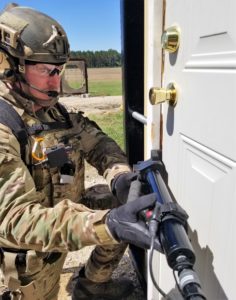
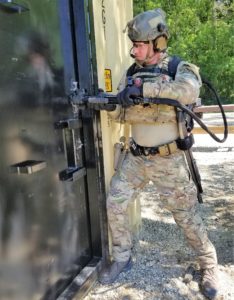
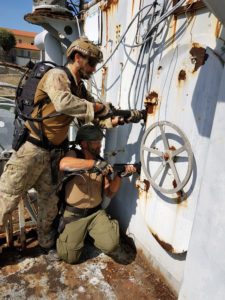
With these new hydraulic tools, you could breach reinforced doors. And with no explosive, you could maintain the element of surprise, and not injure any uninvolved civilians. Hydraulic tools were effective; however, they suffered from significant weaknesses as well. The devices were from different worlds of operations, often from firefighters and emergency rescue. They were extremely heavy and bulky and not designed for tactical missions. Each item needed to be carried with the hands, thereby diminishing the lethality of the operator. Also, the tools were special purpose and could not be changed as the situation changed.
In 2006, one breaching team of the Israeli Special Forces took the hydraulic tools to the next evolution. They worked with SAN Hitech Ltd, SAN, a privately held defense engineering company. The engineering team with SAN utilized invaluable operational inputs to create an entire suite of door-breaching options within one backpack. The electro-hydraulic pump with a brushless motor and flexible oil reservoir is mounted inside a purpose-built backpack and weighs less than 20lbs. The system generates 9,000 psi, which creates 6.2 tons of lifting force and 23 tons of cutting force. The whole system is very discreet at only 60 decibels. The system has been MIL-STD 810F and CE certified.
The SAN breaching system has now been in operational deployment for over ten years. In that time, SAN has become the market leader in electro-hydraulic tactical breaching tools. SAN continues to push the boundaries of tactical breaching to create the right solution according to the dynamic operational reality with full collaboration with its customers.
FOR BREACHERS BY BREACHERS.


